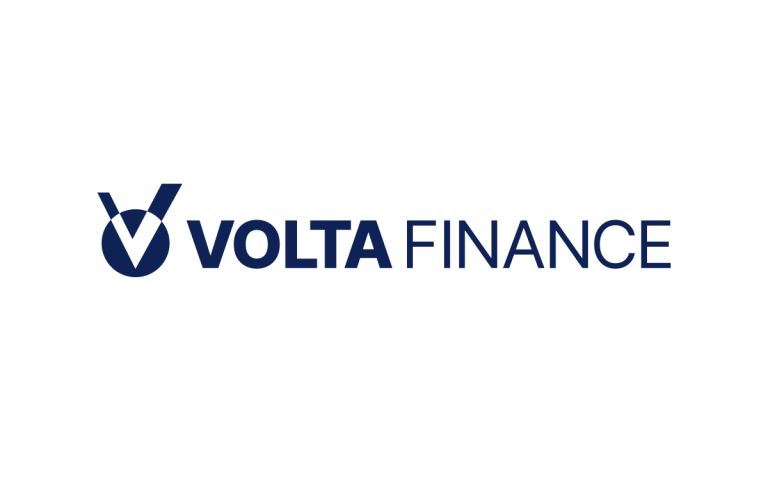A muted shift has been brewing beneath the surface of leveraged loans, hinting at opportunities few investors have fully discerned. As seasoned managers recalibrate their approach to collateralised loan obligations in the wake of shifting rates and fresh issuance milestones, a new imperative is emerging: understanding how the cash flow hierarchy and market dynamics converge to reward those willing to look past headline yields.
At its core, a collateralised loan obligation functions like a finely tuned watercourse, where every drop of interest or principal cascades through a defined sequence before reaching the most junior investors. This waterfall mechanism may seem esoteric, yet it is precisely the interplay between reinvestment periods, compliance tests and tranche subordination that determines whether investors capture the full potential of floating-rate loans. In recent months, managers have leaned into this complexity, tweaking reinvestment strategies to lock in attractive funding spreads even as new issue activity has accelerated to heights not seen since before the pandemic. The result is a market that is both more competitive and more rewarding for those who grasp the subtle mechanics at play.
Fresh issuance trends offer a useful barometer. By mid-July 2025, volumes in both the United States and Europe had already eclipsed projections, laying the groundwork for what analysts believe could be an all-time high for CLO formation. While some may view the deluge of product with wariness, it in fact underscores the resilience of the structure. Deal terms have remained disciplined, with weighted average lives and overcollateralisation metrics comfortably within historic ranges. Managers are deftly navigating rate uncertainty by emphasising three key levers: extending reinvestment timelines where sponsors see value, calibrating tranche sizes to optimise structural flexibility and adjusting the equity slice to reflect changing market appetite. In this way, the surge in supply has not diluted credit quality but rather highlighted the ecosystem’s capacity to absorb new capital without compromising the protective waterfall that underpins investor returns.
Beneath these headline figures lies a deeper story of adaptation. During the reinvestment phase, portfolios must continually replace amortised or prepaid loans, a process that can either bolster or erode yield depending on market conditions. In today’s environment, where floating-rate instruments trade at spreads that rival pre-crisis levels, managers have an incentive to reinvest rapidly, capturing incremental coupons that trickle down through the capital stack. At the same time, strict tests for interest coverage and overcollateralisation serve as automatic brakes, ensuring that rising defaults or spread widening do not imperil senior tranches. This dynamic is precisely why CLOs have become a focal point for investors seeking both downside protection and attractive income potential.
Meanwhile, the equity-class investors have not been overlooked. In several recent executions, underwriters allocated a slightly larger slice of the structure to the junior piece, a contrarian move signalling confidence in default outlooks and spread compression. That shift may seem counterintuitive when primary issuance is brisk, yet it reflects the view that the current cycle will reward those positioned for lower loss rates and the prospect of tighter credit spreads as refinancing activity slows into year end. Even modest improvements in recovery assumptions can translate into meaningful uplift for mezzanine and equity layers, making the case that CLO securities remain underappreciated in many diversified fixed-income portfolios.
This recalibration extends beyond structuring to active portfolio management. Managers are increasingly selective on borrower industries, leaning towards sectors with stable cash flows and away from names exhibiting volatility in profit margins. Covenant quality has also become a differentiator, with new deals often carrying more robust protection measures against event-driven downgrades or covenant-light concessions. As a consequence, the overall loan pool feeding into CLO warehouses today is stronger on both issuer fundamentals and protective documentation than at similar junctures in past cycles.
Volta Finance Ltd (LON:VTA) is a closed-ended limited liability company registered in Guernsey. Volta’s investment objectives are to seek to preserve capital across the credit cycle and to provide a stable stream of income to its Shareholders through dividends that it expects to distribute on a quarterly basis.











































